- Step-by-step procedures
- Estimated completion time
- Resources labeled by icons






 direct teachers to the piece of content named in the procedures
direct teachers to the piece of content named in the procedures - Print-ready pages as indicated by
 are available as PDFs for download
are available as PDFs for download  located above “KEY WORDS” to access student handouts and vocabulary in Spanish
located above “KEY WORDS” to access student handouts and vocabulary in Spanish- Subtitles/CC [ found in
 ] available in Spanish and English for testimonies
] available in Spanish and English for testimonies
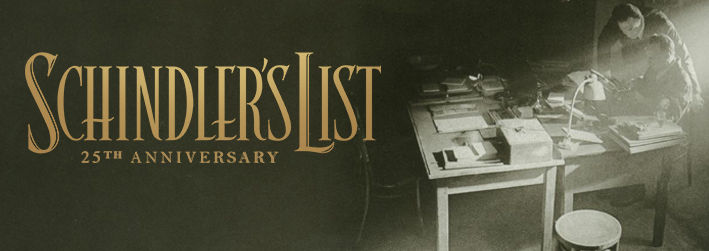
In honor of Universal Pictures’ rerelease of Schindler’s List, Echoes & Reflections has created a short, classroom-ready Companion Resource, that will help educators to provide important historical background and context to the film, as well as explore powerful true stories of rescue, survival, and resilience with their students.
Additionally, the following videos, recorded at Yad Vashem, feature Schindler survivors who speak of the impact Oskar Schindler had on their lives.
EVA LAVI TESTIMONY
NAHUM & GENIA MANOR
The posters feature the powerful words and experiences of Holocaust survivor and memoirist Elie Wiesel, Holocaust survivor Kurt Messerschmidt, and Anne Frank rescuer, Miep Gies. Each poster promotes meaningful conversation and reflection in the classroom, whether in person or in a virtual setting, and inspires students with powerful human stories of the Holocaust that can continue to guide agency and action as a result of studying this topic.
To support you in these efforts, we have also compiled several suggested classroom activities from teachers in our network that may be of use and interest.
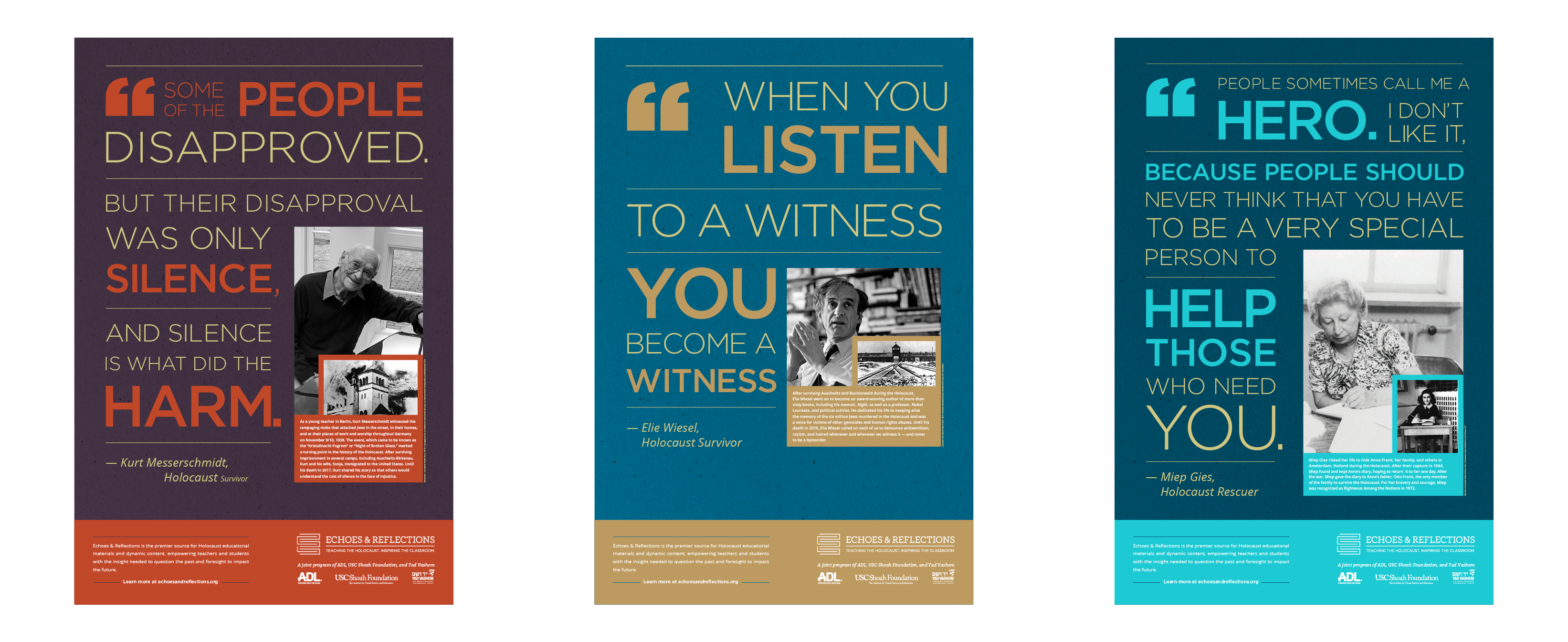
Please fill out the form below to access and download your PDF posters.

USC Shoah Foundation’s first podcast, We Share The Same Sky, seeks to brings the past into present through a granddaughter’s decade-long journey to retrace her grandmother’s story of survival. We Share The Same Sky tells the two stories of these women—the grandmother, Hana, a refugee who remained one step ahead of the Nazis at every turn, and the granddaughter, Rachael, on a search to retrace her grandmother’s history.
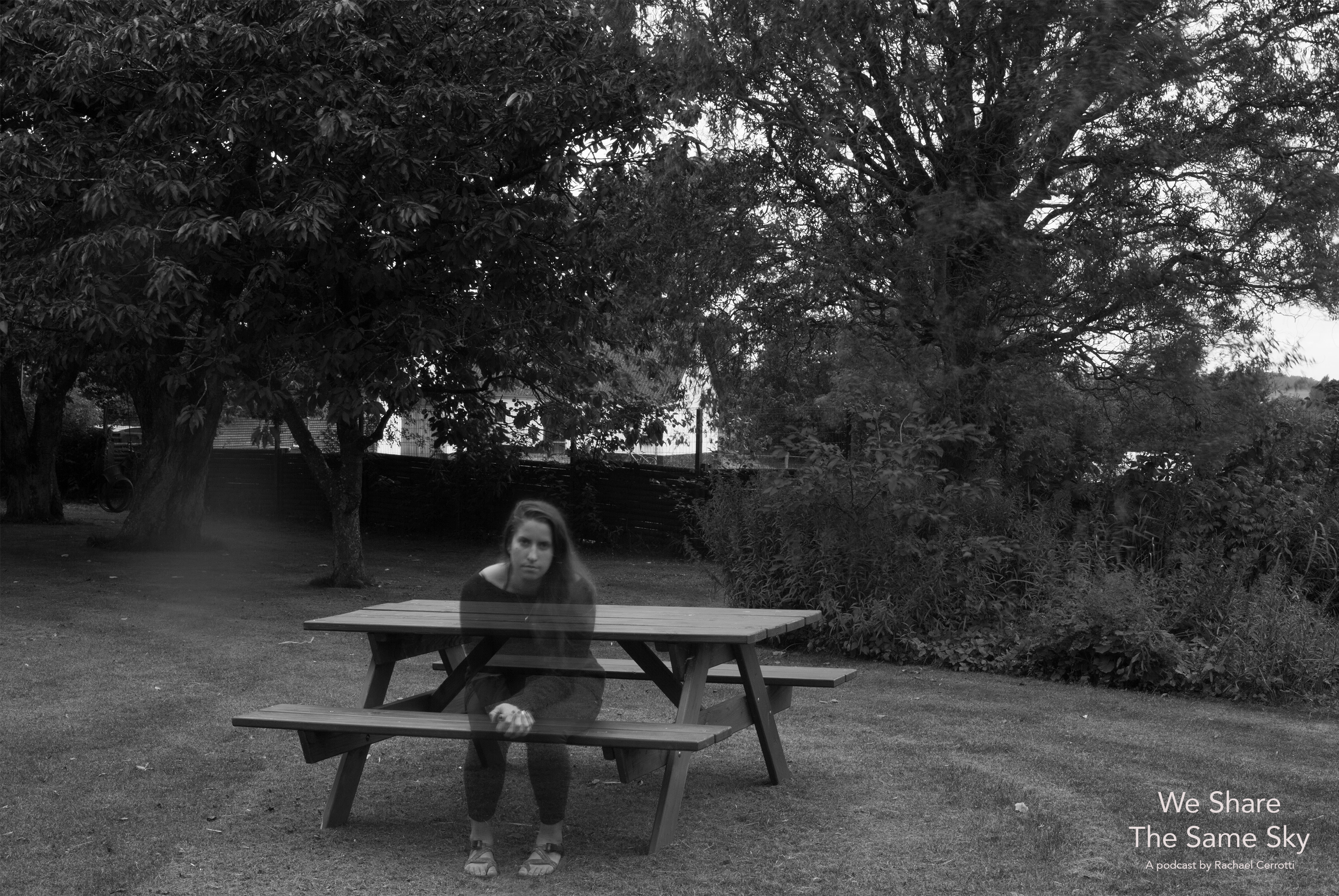
A self-portrait of Rachael while she is living on a Danish farm that is owned by the granddaughter of Hana’s foster mother from World War II. Photo by Rachael Cerrotti, 2017
In order to enhance its classroom use, USC Shoah Foundation and Echoes & Reflections have created a Companion Educational Resource to support teachers as they introduce the podcast to their students. This document provides essential questions for students, as well as additional resources and content to help build context and framing for students’ understanding of the historical events addressed in the podcast.
Access to the podcast, as well as additional supporting materials—including IWitness student activities, academic standards alignment, and general strategies for teaching with podcasts—can all be found at the We Share The Same Sky page in IWitness.
Note: Due to the subject nature, the podcast is appropriate for older students, grades 10-12. As always, teachers should review the content fully in advance to determine its appropriateness for their student population.

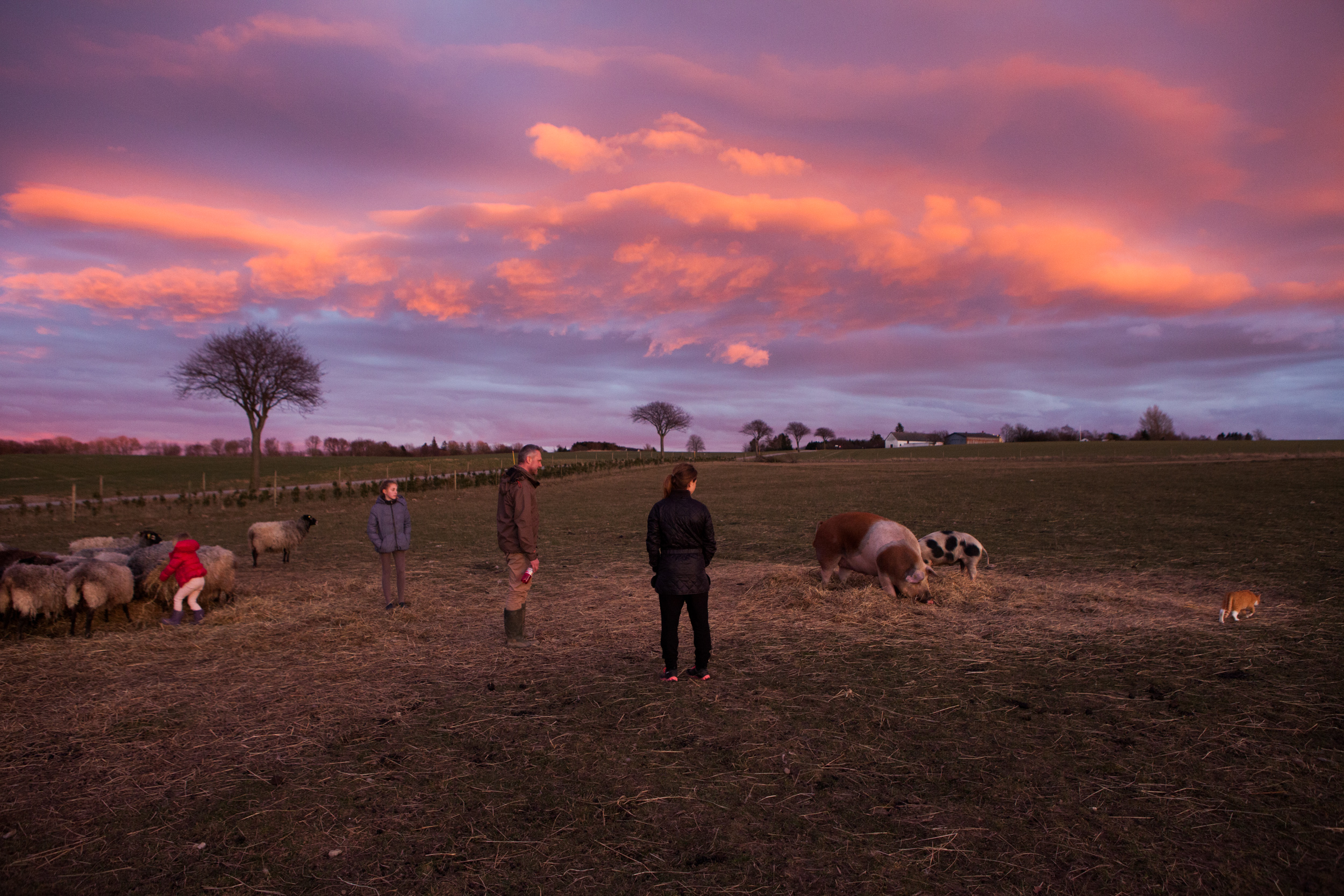
After many years of research and digitizing the archive her grandmother left behind, Rachael set out to retrace her grandmother’s 17 years of statelessness. Her intention was to travel via the same modes of transportation and to live similar style lives as to what her grandmother did during the war and in the years after. That meant that when she got to Denmark, she moved to a farm. Rachael moved in with the granddaughter of her grandmother’s foster mother from World War II and traded her labor for room and board as Hana once did. This picture is from that first visit in the winter of 2015. Since this time, Rachael has spent many more months living on this farm. It is owned by Sine Christiansen and her family. Sine is the granddaughter of Jensine, one Hana’s foster mother from World War II. Photo by Rachael Cerrotti, 2015
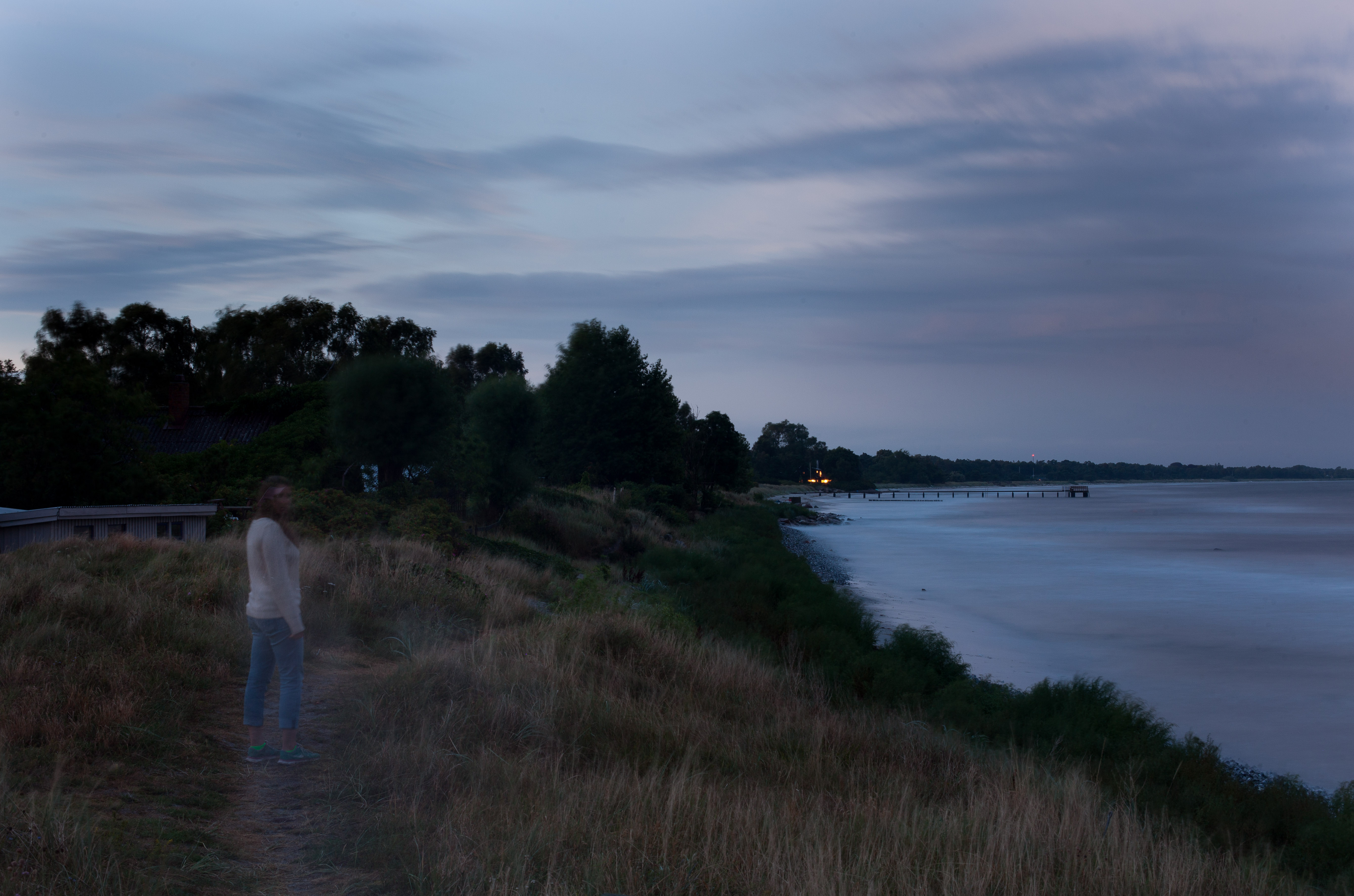
A self portrait of Rachael overlooking the exact spot in Southern Sweden where her grandmother’s refugee boat came to shore in 1943. Photo by Rachael Cerrotti, 2016


60 minutes
60 minutes
LESSON 3: The Memorialization of the Holocaust
In this lesson, students are asked to investigate the aspects of memory and memorialization. Specifically, why and how the Holocaust has been remembered and memorialized. They should be challenged to ponder how the way we as a society remember an event in history impacts the way we understand that history, provides information on the society that created memorials to an event in history, and impacts the way society functions in the present and in the future.
| 1 | Students engage with this quote from Rabbi Lord Jonathan Sacks, Chief Rabbi of Britain, that is posted: “There is a profound difference between history and memory. History is his story – an event that happened sometime else to someone else. Memory is my story – something that happened to me and is part of who I am. History is information. Memory, by contrast, is part of identity.”
|
| 2 | In small groups, students analyze one or more of the memorials in the Holocaust Memorials in Europe handout. Students consider these questions for each memorial:
|
| 3 | As a summative task, students create a poster or other visual representation that addresses how we should remember and memorialize the Holocaust. What message do they hope to convey in their artwork? Students view and/or present their artwork to the class and discuss the following questions as a final reflection:
|
60-90 minutes
60-90 minutes
LESSON 2: Living with the Memory of the Holocaust
In this lesson, students grapple with the effects of trauma on Holocaust survivors and their courage, bravery, and willingness to share their stories, particularly after the arrest, trial, and execution of Adolf Eichmann in 1961-62. Students are confronted with various academic studies that were inspired by the Holocaust to seek to understand human behavior and the propensity for individuals to conform to the evil intentions of others.
| 1 | Students learn about the growing documentation of the Holocaust through the testimonies of survivors. Students view the first two minutes of this short video of renowned scholar Deborah Lipstadt talking about how the Trial of Adolf Eichmann was based on the testimonies of survivors and became a catalyst for survivors to share their stories widely. |
| 2 | Students watch the testimony of [L]Fritzie Fritzshall[/L] and discuss the testimony of Holocaust survivors with the following questions: |
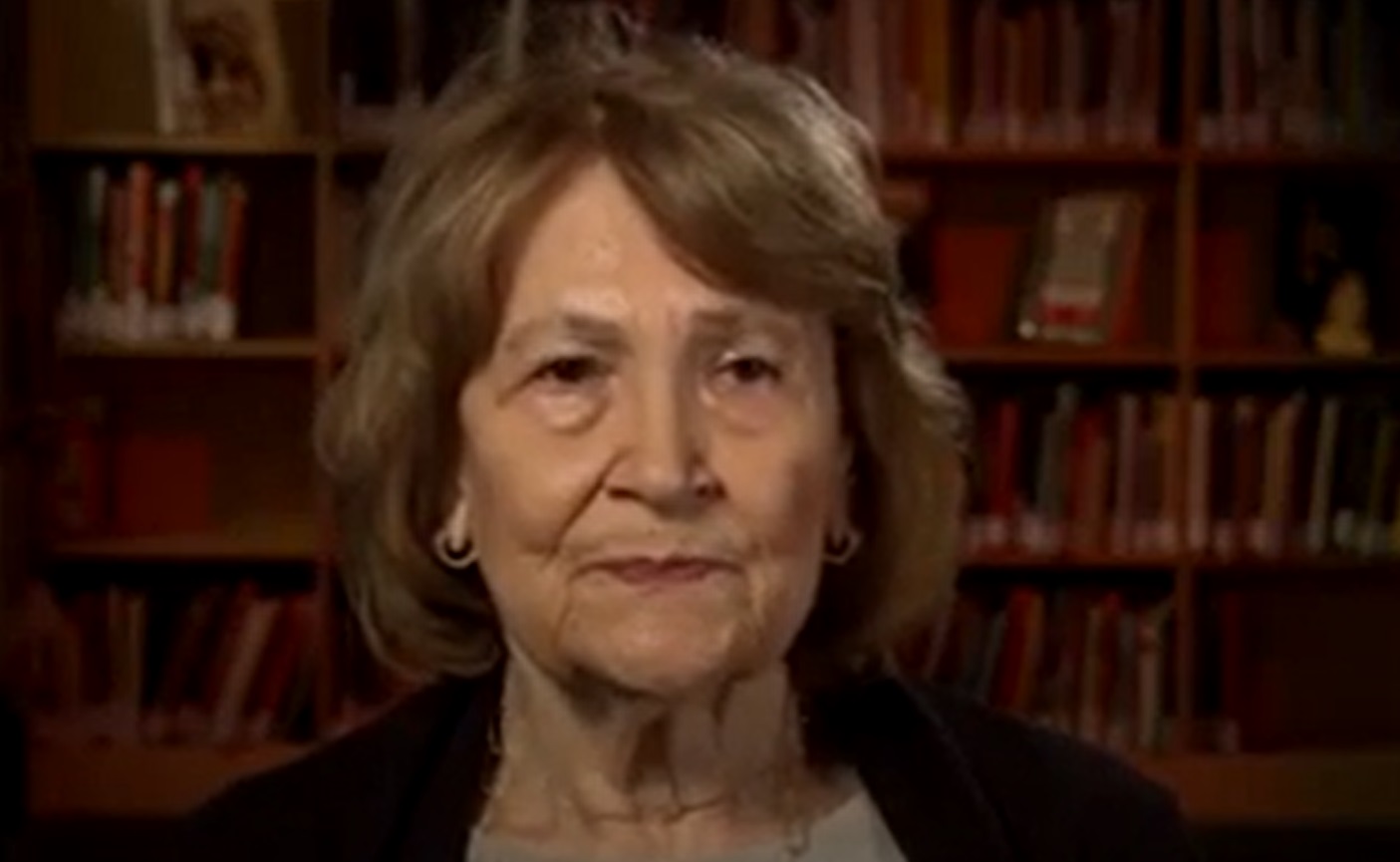

|
|
| 3 | In small groups or in pairs, students read the Understanding Trauma handout. They highlight important phrases and annotate the handout with their thoughts and reactions. They discuss these with their partners or groups. |
| 4 | In small groups, students analyze the Artwork of Holocaust Survivors handout as a mode of expression to describe, cope, and survive through the trauma inflicted upon the victims and consider these questions to discuss each work of art:
|
Artwork of Holocaust Survivors View More »
See-Think-Wonder View More »
| 5 | Students watch [L]Sam Gottesman[/L] and discuss these questions: |
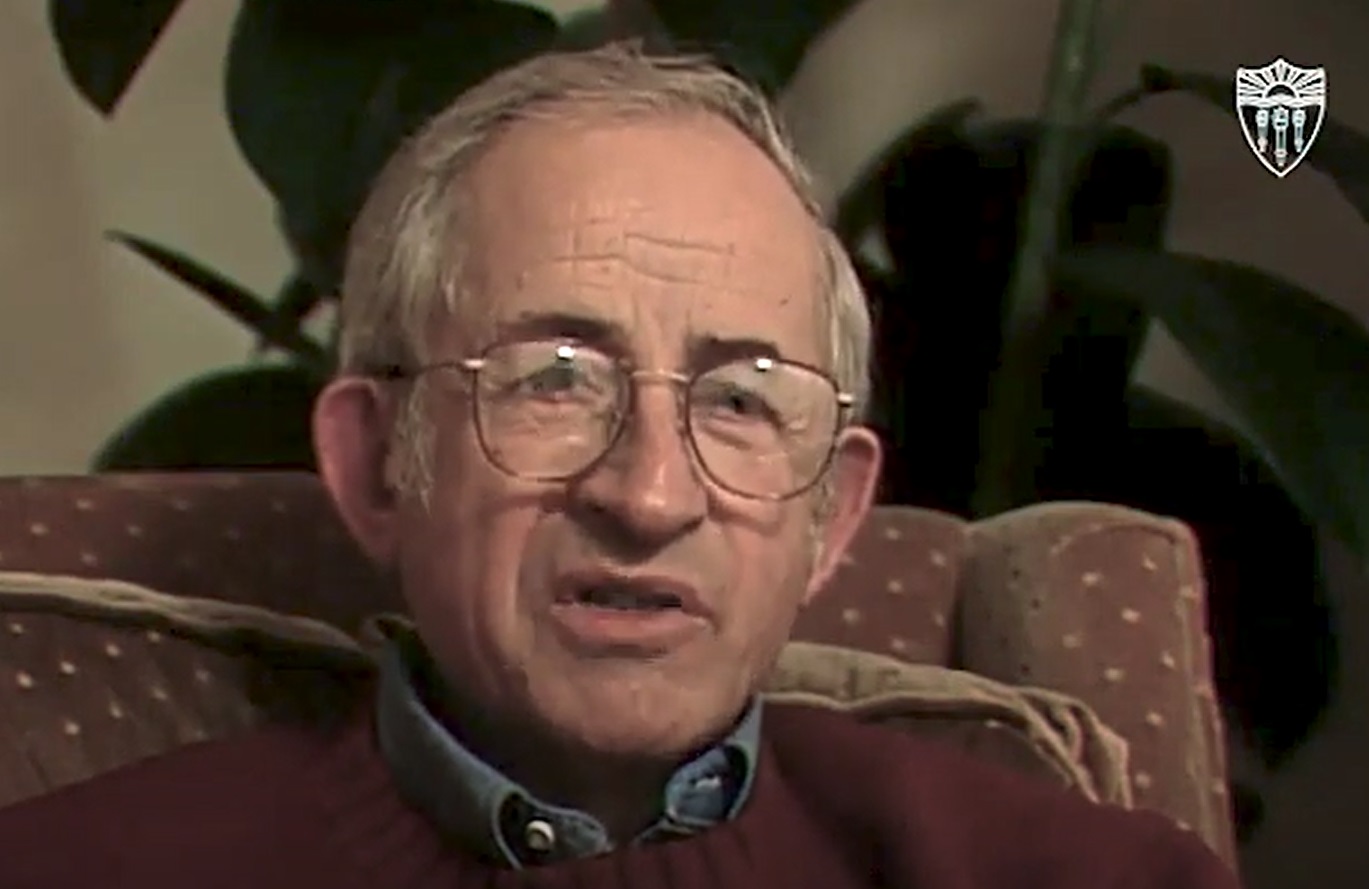

|
|
| 6 | Students consider the effect of the Holocaust and how its history affected and continues to affect our understanding of human behavior thorough the Studies of Human Behavior Inspired by the Holocaust handout. Utilizing the case studies and quotes within the handout, in pairs or in small groups, students create a diagram / graphic organizer / visual chart that seeks to understand the actions of individuals and groups and the responsibilities of said individuals / groups / governments.
|
60 minutes
60 minutes
LESSON 3: The Memorialization of the Holocaust
In this lesson, students are asked to investigate the aspects of memory and memorialization. Specifically, why and how the Holocaust has been remembered and memorialized. They should be challenged to ponder how the way we as a society remember an event in history impacts the way we understand that history, provides information on the society that created memorials to an event in history, and impacts the way society functions in the present and in the future.
| 1 | Students engage with this quote from Rabbi Lord Jonathan Sacks, Chief Rabbi of Britain, that is posted: “There is a profound difference between history and memory. History is his story – an event that happened sometime else to someone else. Memory is my story – something that happened to me and is part of who I am. History is information. Memory, by contrast, is part of identity.”
|
| 2 | In small groups, students analyze one or more of the memorials in the Holocaust Memorials in Europe handout. Students consider these questions for each memorial:
|
| 3 | As a summative task, students create a poster or other visual representation that addresses how we should remember and memorialize the Holocaust. What message do they hope to convey in their artwork? Students view and/or present their artwork to the class and discuss the following questions as a final reflection:
|
15-30 minutes
15-30 minutes
LESSON 4: Has the World Learned Anything from the Holocaust?
| 1 | Students watch the testimonies of [L]Jan Karski[/L] and [L]Joseph Berger[/L] and discuss the following questions:
|

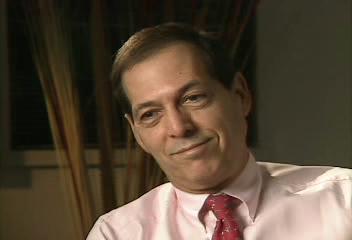
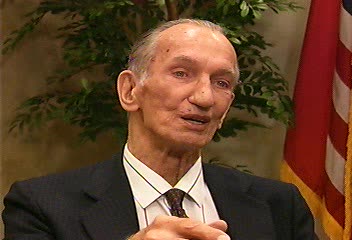

The ideas below are offered as ways to extend the lessons in this unit and make connections to related historical events, current issues, and students’ own experiences. These topics can be integrated directly into Echoes & Reflections lessons, used as stand-alone teaching ideas, or investigated by students engaged in project-based learning.
| 1 | Visit IWitness (iwitness.usc.edu) to access additional testimonies, resources, and learning activities about other genocides and campaigns of mass violence that have occurred since the Holocaust. Utilize our Examining the Stages of Genocide resource to better understand the mechanisms that perpetrate genocide, how it occurs, and how Denial is the final and ongoing stage. Consider if the world has learned anything from the Holocaust. |
| 2 | Research other Holocaust and World War II era memorials and the communities that created them using resources such as The National War Memorial Registry and Jewish Virtual Library. Where is the Holocaust in their memorialization? What does the creation of the memorial teach you about the community that constructed it and what does it tell you about what that community values today? |
| 3 | Read the excerpts from Rudolf Hoess of his Farewell Letters to his wife and his children after he was found guilty and before he was executed in 1947. Questions to consider:
|
| 4 | Many communities have museums, centers, memorials, or survivors and refugees who can share their personal experiences with human rights violations and genocides in addition to the Holocaust, thereby promoting awareness on a range of topics and often encouraging civic action. Such resources are often representative of a particular community’s history and/or immigration experience. For example, the Oregon Nikkei Legacy Center in Portland (oregonnikkei.org) reflects the large Japanese-American population in the Pacific Northwest and their experience with internment during World War II. Identify such resources in your local area and consider the effect it has on your community. Engage with the leaders of that resource to elevate their voice with your peers and in your school. Plan a visit, explore their museum, or host a speaker that can share their experiences. |
| 5 | To provide an opportunity for students to learn more about individuals who survived genocide and human rights violations, help them create a book club to meet on a regular basis either in person or online. Share selected titles with book club members, but let the students come to consensus on which book to read. Students should also decide when they will meet, how much of the book they will have read prior to meeting, and the role they will play in the discussion (e.g., decide if there will be a discussion leader for each title). Teachers are encouraged to help facilitate book club meetings, but resist turning the club into an extension of the academic day. Some options could include:
|




 English
English



